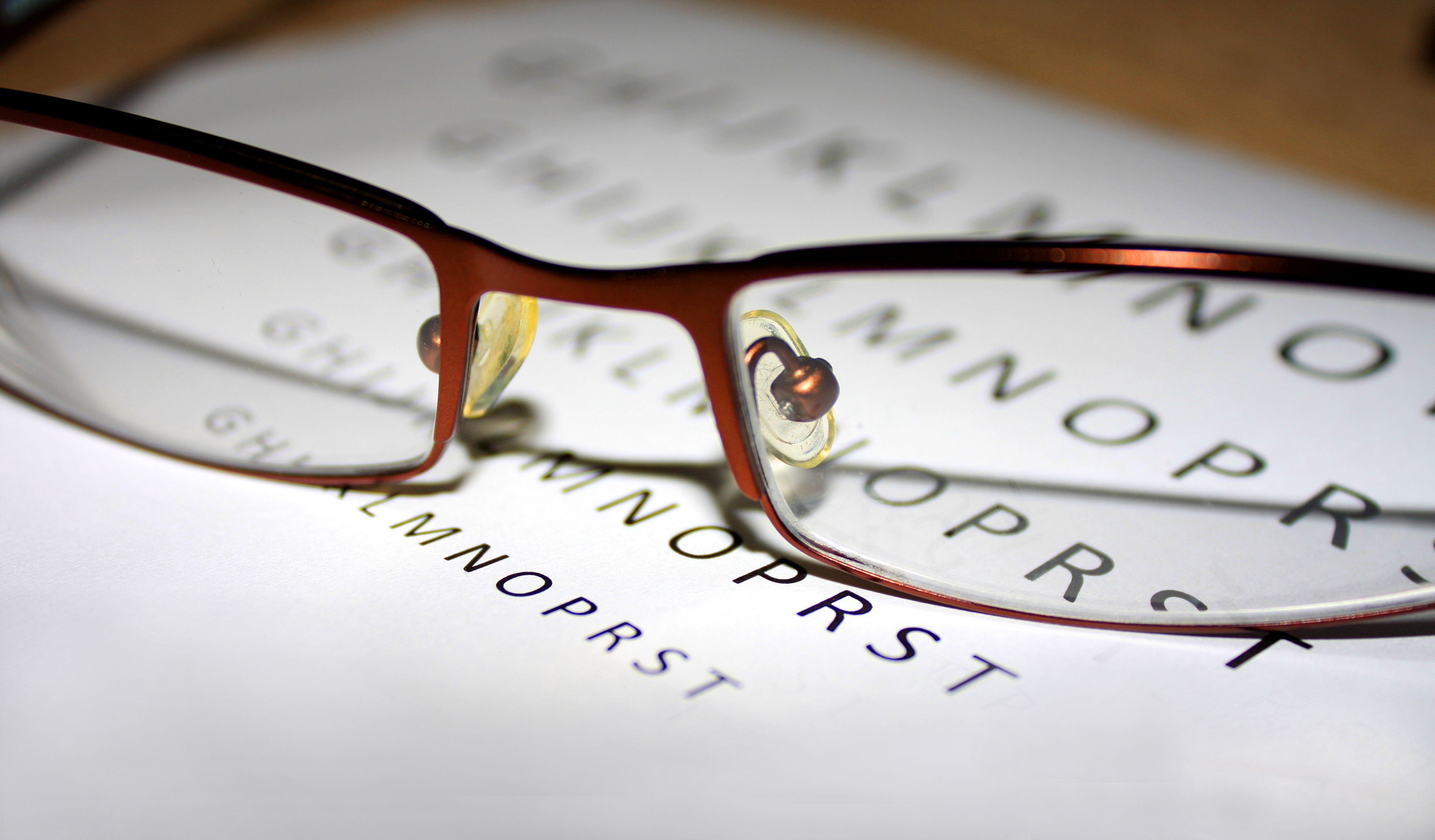Article
Which Patients With Eye Disease Benefit Most From Correcting Vision Problems?
Author(s):
Refractive evaluation should be considered for working-age adults with eye disease and reduced visual acuity, especially if they are new to seeking care for low vision, according to a study published in JAMA Ophthalmology.
Poor eyesight is linked to ocular diseases, and uncorrected refractive error (URE) creates problems with carrying out everyday activities. These issues are more pronounced among low income populations. A recent study examined the association of improvement in visual acuity and URE in patients with ocular disease who are new to low vision clinics.
In a retrospective case series published in JAMA Ophthalmology, researches collected patient data to determine the magnitude of vision acuity improvement associated with adults who have URE and seek care for low vision rehabilitation (LVR). They also aimed to identify the characteristics of patients most likely to experience improvement.
“There is substantial socioeconomic and individual burden from URE and chronic ocular disease,” researchers said, as URE is the leading cause of vision impairment worldwide. “Understanding the association of VA [visual acuity] reduction with URE and the adults most likely to benefit from refraction may help support clinical decision-making in ophthalmologic care and maximize patient outcomes.”
Data were collected from patients 20 years or older visiting LVR clinics between August 2013 and December 2015 who exhibited habitual visual acuity (HVA) between 20/40 and counting fingers and underwent refraction. Information from 1773 patients was gathered via the Johns Hopkins Hospital electronic health record system. The investigators categorized HVA into 4 groups: mild (VA worse than 20/40 and at least 20/60), moderate (VA worse than 20/60 and better than 20/200), severe (VA 20/200 or worse and better than 20/500), and profound (VA 20/500 or worse) vision impairment (VI).
The average patient age was 70 years, and the majority (60.3%) were female. Of the study participants, 777 (43.8%) had mild impairment, 632 (35.6%) had moderate impairment, 295 (16.6%) had severe impairment, and 69 (3.9%) had profound impairment in the better eye. Acuity improvement was measured in lines read on the VA chart.
The researchers found:
- Mean (SD) HVA was 20/100 (mean [SD], 0.67 [0.36] logMAR)
- At least a 2-line improvement was observed in 493 patients (27.8%), and any VA improvement was seen in 1023 patients (57.7%) after undergoing refraction
- At least a 2-line improvement was observed in 54 patients (34.8%) with corneal disorders after refraction
- A 2-line improvement was more likely to be exhibited by patients aged 40 to <65 years compared with those aged 20 to <40 years (odds ratio [OR] 1.57; 95% CI, 1.02-2.41), African American patients compared with white patients (OR, 1.41; 95% CI, 1.08-1.85), or patients with moderate impairment compared with mild impairment (OR, 1.36; 95% CI, 1.07-1.72)
The investigators found no differences regarding the distributions of sex, ethnicity, or service locations. They also noted that despite having the worst HVA, “patients with corneal disease had the greatest improvement associated with refraction.”
Limitations to the study include that no masking of acuity measurements was applied, and recordings could have been influenced by physician or patient expectations. Changes in quality of life in patients with improvement vision were also not assessed, and patients with different diseases may benefit differently. “For example, patients with corneal disease may perceive less benefit despite equivalent VA improvement after refraction, given loss in contrast sensitivity,” the authors said.
The researchers conclude refractive evaluation should be considered for patients with ocular disease and reduced acuity, especially adults over the age of 40, African American patients, and those with moderate impairment.
Reference
Guo X, Swenor BK, Goldstein JE. Association of visual acuity improvement with uncorrected refractive error in patients new to low vision clinics. JAMA Ophthalmol. Published online May 21, 2020. doi:10.1001/jamaophthalmol.2020.1677





